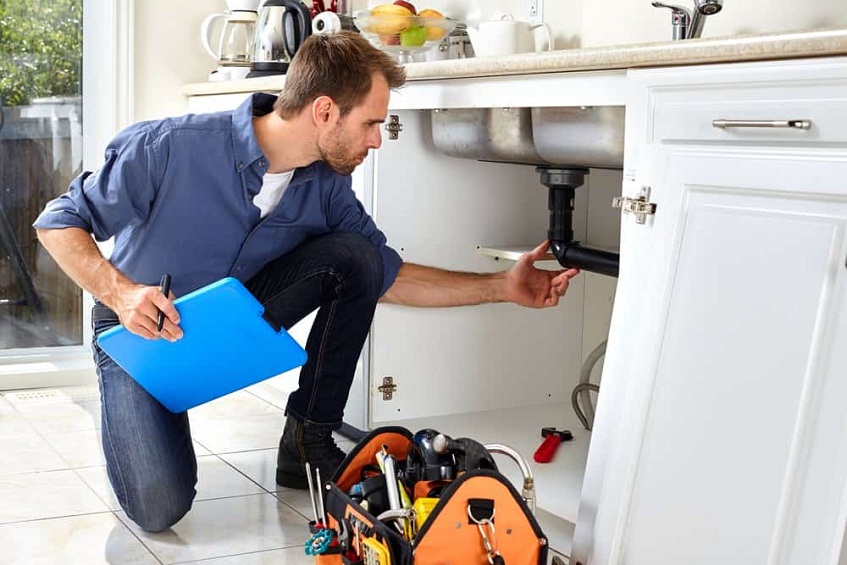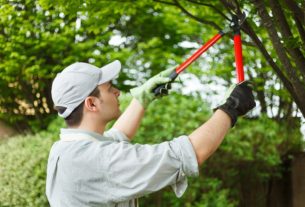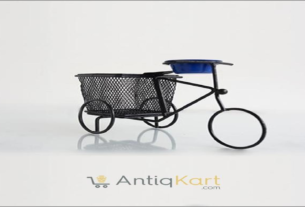Installing a water softener system can significantly improve water quality in your home, but even the best systems can encounter issues if not installed correctly. Homeowners make several common mistakes during installation, from improper positioning to incorrect plumbing connections.
Working with experts for water softener installation is advisable due to their knowledge and experience handling various systems and installation scenarios. They can assess your needs, recommend the most suitable system, and ensure proper installation to maximize its effectiveness. By entrusting the installation to professionals, homeowners can avoid common mistakes, ensure optimal performance, and enjoy peace of mind knowing that their water softener is installed correctly.
In this blog, we’ll discuss these mistakes and provide expert tips on how to avoid them, ensuring a smooth and successful water softener installation process:
Ignoring Manufacturer Guidelines
One of the most common mistakes homeowners make is failing to follow the manufacturer’s installation instructions. Each water softener system has specific installation guidelines, including placement, plumbing connections, and electrical requirements. Ignoring these instructions can lead to inefficiencies, malfunctions, and even voiding of warranties.
Improper Placement
Placing the water softener system in the wrong location can lead to operational issues and potential damage. Avoid installing the unit in direct sunlight, near heat sources, or areas prone to flooding. Instead, choose a cool, dry location with adequate ventilation and sufficient space for maintenance and servicing.
Incorrect Plumbing Connections
Proper plumbing connections are crucial for efficiently operating a water softener system. Ensure the inlet and outlet pipes are correctly connected and all fittings are tight and leak-free. Additionally, avoid using Teflon tape on threaded plastic fittings, as it can cause cracking and leaks over time.
Skipping Pre-Installation Prep
Before installing a water softener system, performing pre-installation prep work, such as testing water hardness, assessing water pressure, and checking plumbing compatibility, is essential. Skipping these steps can result in inadequate water softening, poor performance, and costly repairs.
Neglecting Electrical Requirements
Some water softener systems require electrical connections for power, control panels, or electronic valves. Ensure that the electrical supply meets the system’s requirements and that all wiring is properly grounded and protected. Failure to address electrical considerations can lead to safety hazards and system malfunctions.
Rushing Through the Installation
Installing a water softener system is not a task to rush through hastily. Review the installation instructions thoroughly, gather the necessary tools and materials, and plan out the installation process step by step. Rushing through the installation increases the likelihood of mistakes and compromises the system’s performance.
Failing to Test and Adjust
After completing the installation, testing the water softener system and making any necessary adjustments to ensure optimal performance is crucial. Test the water hardness regularly and adjust the settings to maintain soft water quality. Additionally, schedule periodic maintenance checks to keep the system running smoothly.
Avoiding common water softener installation mistakes requires careful planning, attention to detail, and adherence to manufacturer guidelines. By following expert tips and installingthe system correctly, homeowners can enjoy the benefits of soft, clean water for years to come without encountering unnecessary issues or complications.



